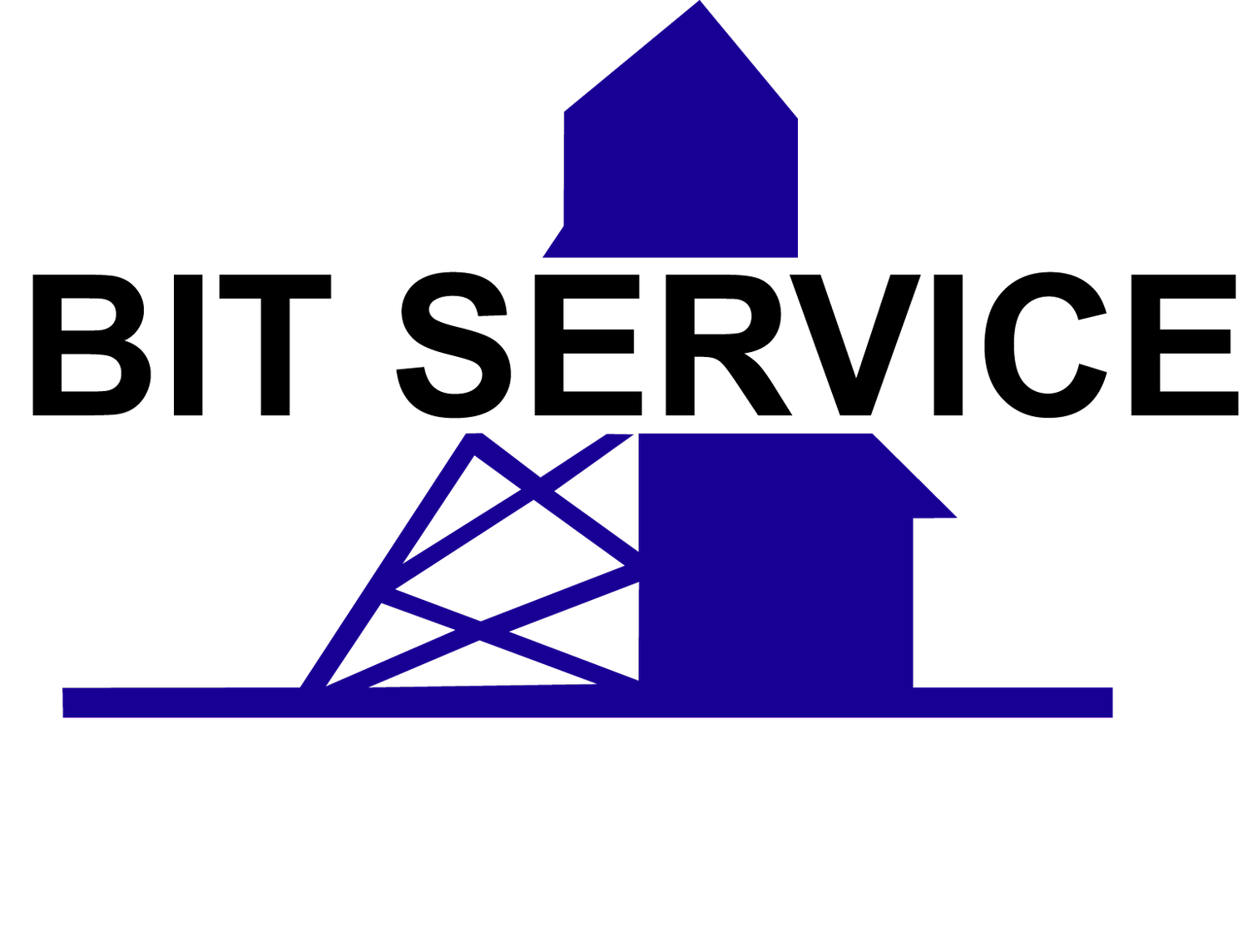A GUIDE TO TRIM CHAIN GUIDE INSPECTION
By: Evan Lucyk
A boring machine’s trim chain guide is crucial in potash mining. Since it’s essential for daily functioning and operations, it needs to work and endure all the wear and tear it might go through to get the job done—as efficiently as possible.
At Bit Service, we provide the value-added service of connecting you with the most trustworthy trim chain guide inspection and repair information. We also guide you towards the best products—so you can enjoy peace of mind knowing that your operations will remain in good condition and stay on the right track.
We’re also happy to share one of our not-so-secret weapons: stellar products from a super company. Bit Service is proud to announce that we’re a supplier for Cincinnati Mine Machinery trim chain guides for the potash industry’s boring machines. But even with a stellar product, proper usage—as well as regular inspections and maintenance—is still required to guarantee optimum performance and longevity.
Below we have key areas to look for on your trim chain guides during periodic inspections, which will enable you to maximize their service life and performance.
STEP 1: VISUAL INSPECTION
Ideally, at the start of each shift, visually inspect the trim chain guides for excessive wear or any visible damage or cracking. If you find any of these red flags, the guide should be scheduled for replacement as soon as possible.
STEP 2: CHECK YOUR GUIDES
Are your trim chain guides good to go? Remember that it can’t perform its cutting duties efficiently if there is excess wear and clearance in its guides. Additional clearance in the guide race allows an excess range of motion for the trim chains. This causes a risk of damage to the chains, as well as reduced feedback to the operators while cutting. All of this is a perfect storm for poor operation, so avoid operating with damaged guides at all costs.
STEP 3: CHECK YOUR MOUNTING BOLTS
Far too many companies forget how integral mounting fasteners are to the success of their operation. They too must have regular inspections to ensure their secure location on the mounting bar, so don’t miss this important step. Checking for proper torque periodically will aid in extending guide life.
For further reading, we recently published a more in-depth look at how to select and use a trim chain itself, which you can check out here. This will help you better understand the multiple different types, uses, and considerations involved, which will then help you determine what’s best for your specific needs.
And while we’re on the subject of proper maintenance, here is another article explaining just why Bit Service adamantly recommends the proactive versus the reactive maintenance approach. It’s just common sense. After all, why wait for something to go wrong and have to play catchup to repair the damage, when you can prevent any equipment snafus from occurring in the first place? This guide helps you adopt this more efficient mindset so you can always be prepared.
Reach out to us today to discuss any questions or concerns.
